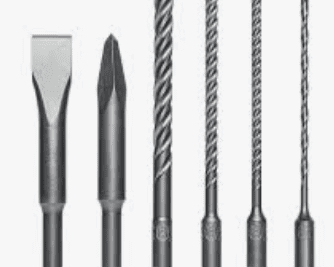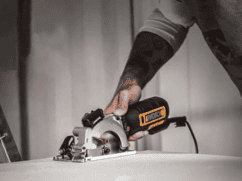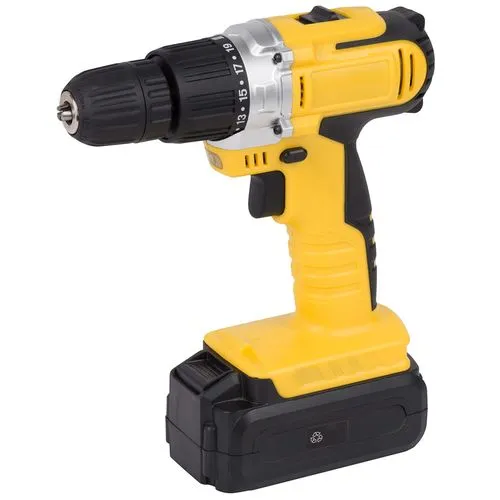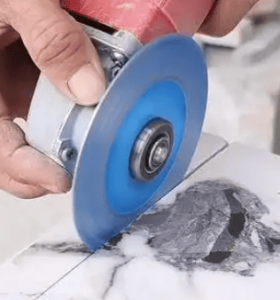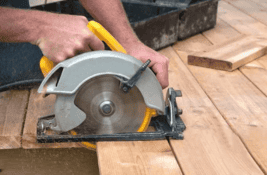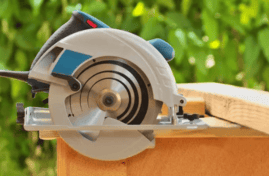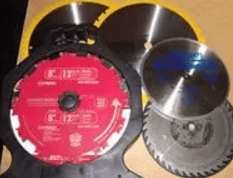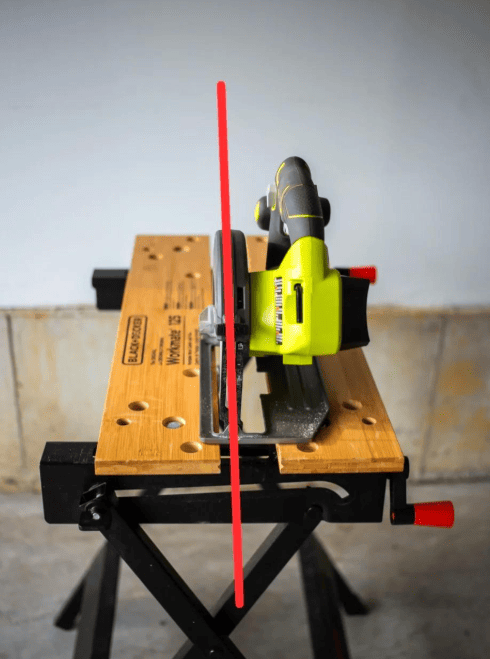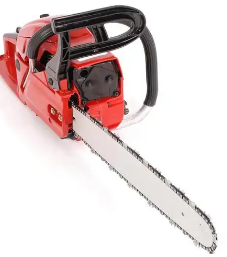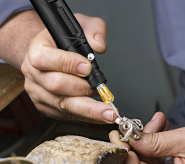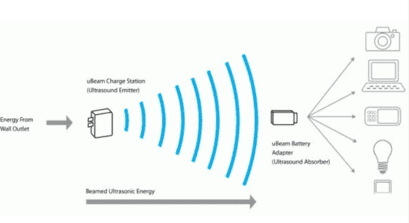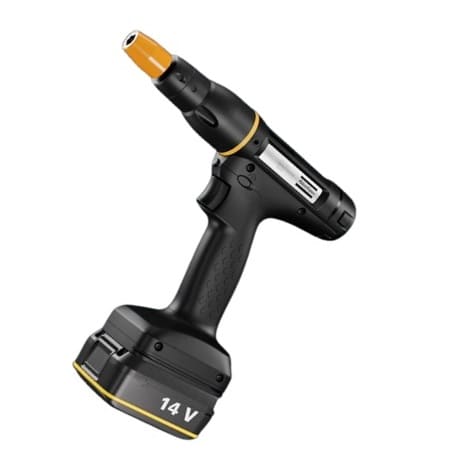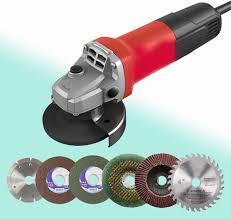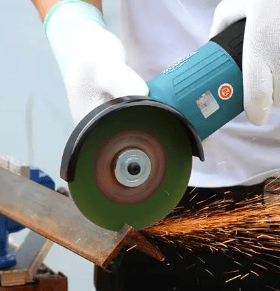What are the advantages of SDs drill bits?
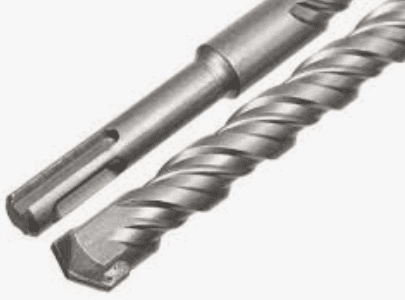
Key Advantages of SDS Drill Bits
Compatibility & Ease of Use
SDS drill bits feature a two-groove, two-notch round shank design, allowing them to be quickly inserted into a spring-loaded chuck without tightening, making operation fast and effortless. Additionally, SDS bits are compatible with all SDS Plus hammer drills, working across various brands and models for broad applicability.
Durability & Wear Resistance
SDS bits are typically made from high-alloy steel and produced via optimized hardening techniques, ensuring exceptional wear resistance. For example:
- SDS Plus-3 bits use high-alloy steel with advanced hardening for extreme durability.
- Bosch carbide-tipped bits feature ultra-durable alloy heads, ideal for high-strength materials like reinforced concrete.
High-Efficiency Drilling Performance
- Multiple flutes for effective dust removal, enhancing durability (e.g., SDS Plus-3’s 4-flute design boosts drilling efficiency).
- 4-edge carbide tips enable rapid penetration through reinforced concrete.
Lithium Hammer Drill Bit Selection Guide: SDS Systems & Applications
I. Comparison of Mainstream Bit Systems
- SDS-Plus System Features
- Hole range: 4–30mm
- 85% impact energy transfer efficiency
- Quick-lock mechanism (0.5s bit changes)
- Typical uses: Electrical box installations, anchor bolt fixing
- SDS-Max System Advantages
- Max hole size: 50mm
- Triple-buffer design reduces 30% recoil
- Tungsten carbide heads last 3× longer
- Typical uses: Wall penetration, HVAC ductwork
II. Key Selection Factors
- Material Hardness Matching
- C30 concrete or softer: SDS-Plus
- Reinforced concrete: SDS-Max
- Power Compatibility
- 18V tools: SDS-Plus only
- 36V+ tools: Dual-system support
III. Dayi Lithium Hammer Solutions
- Genuine Bit Identification
- Laser-etched anti-counterfeit codes
- Blue anodized finish
- Extreme Condition Tips
- Deep holes: Use spiral-flute bits
- Continuous work: Inspect shank wear every 2 hours
IV. Maintenance Guidelines
- Routine Care
- Clean chuck slots with compressed air
- Apply silicone-based lubricant
- Retirement Criteria
- Edge damage >2mm
- Shank deformation >0.5mm
Pro Tip: Professional bits should meet ISO 5468 standards. Always conduct a no-load test before use.
Why Telecom Engineers Prefer SDS Hammer Drills
Core Advantages
- High Efficiency: Dual drill/hammer function excels on hard materials.
- Precision: Accurate positioning for clean holes.
- Ease of Use: SDS chuck enables tool-free bit changes and multi-brand compatibility.
- Adjustability: Flexible drilling angles enhance versatility.
Telecom Applications
- Installing communication equipment
- Maintenance/upgrade drilling
- Cable routing modifications
Maintenance Tips
- Replace worn bits regularly.
- Clean drill body post-use.
- Remove internal debris from the chuck.
- Inspect motor vents and contacts.
China’s Consumables Market: The Confused Hammer Drill Bit
A Brief History
- 1914: FEIN invents the first pneumatic hammer.
- 1932: Bosch develops the first SDS system for electric hammers.
- 1975: Bosch & Hilti co-create SDS-Plus, revolutionizing construction drilling.
How Hammer Drills Work
A hammer drill combines rotation + axial hammering (via a piston-driven impact mechanism), making it ideal for concrete/stone but unsuitable for metal/wood/plastic.
Drawbacks: High vibration, dust/noise, and potential structural damage.
SDS Bit Types Explained
- SDS-Plus (2-notch/2-groove round shank)
- Quick-insert chuck (no tightening needed).
- Slides like a piston for efficient hammering.
- Standard for 4–30mm holes (110–1500mm lengths).
- SDS-Max (5-notch round shank)
- Heavy-duty upgrade (18mm shank, handles 13–44mm holes).
- Triple-open + two closed grooves for anti-kickback.
Note: SDS trademarks remain Bosch-owned; unauthorized use is restricted.
Why China Uses Square-Shank Bits
- Legacy adoption: Japanese brands (Makita/Hitachi) introduced square shanks early in China.
- Market inertia: No functional advantage over SDS-Plus, but local manufacturers stuck with tradition.
- Bosch’s dilemma: Despite late entry with square-shank drills, domestic brands already dominated 80% of the market.
Key Insight: Round shanks offer better concentricity and precision, but Bosch’s delayed response ceded the market to Chinese brands.
Read more about aluminum roll film.

